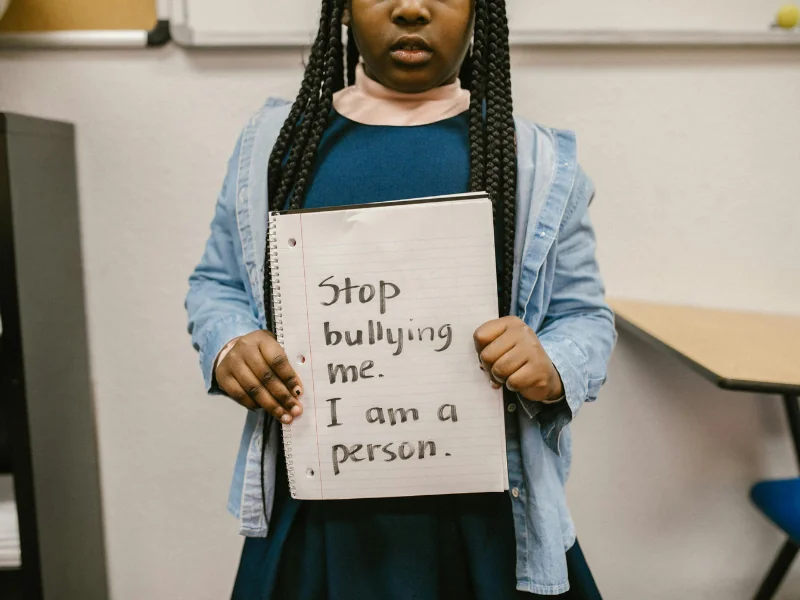A recent Government SEND survey revealed that more than one in three disabled students experience bullying in mainstream schools. For autistic individuals, this is especially damaging. Social interaction and communication are already challenging, and bullying adds another layer of stress and harm.
What Bullying Means
Bullying happens when someone, or a group, deliberately tries to hurt, scare, humiliate, or intimidate another person. Schools should have a clear anti-bullying policy, but sometimes these policies are not properly enforced. In some cases, blame is unfairly placed on the victim.
Bullying should never be dismissed as “just fun” or as a misunderstanding. Autistic individuals may already feel unsure about how to interpret social behaviour, which makes this even more harmful. They may begin to believe it is their fault – but bullying is never the victim’s fault. Schools must take every incident seriously.
How to Recognise Bullying
Bullying is more than a one-off disagreement. It involves repeated behaviour intended to cause distress. This might include:
-
A group ganging up on an individual.
-
Repeated negative comments or actions.
-
Behaviour that affects someone’s confidence, safety, or wellbeing.
Sadly, bullies often target those who seem “different” or vulnerable. An autistic student may be targeted because of their diagnosis, academic ability, or simply their appearance. The reasons vary, but the result is always harmful.
Spotting the Signs
Autistic young people may find it difficult to share that they are being bullied. Parents, carers, and professionals should watch for signs such as:
-
Increased anxiety.
-
Reluctance or refusal to attend school.
-
Withdrawal from activities they previously enjoyed.
Even if they do not openly talk about bullying, these behaviours may signal that something is wrong.
Recording and Sharing Incidents
Keeping a record of bullying incidents is vital. Although it may be hard in the moment, documenting what happened helps build a clear picture. A simple log can include:
-
Who was involved.
-
When it happened.
-
Where it took place.
-
What occurred.
This factual approach makes it easier to present concerns to the school. For some autistic individuals, writing or drawing about the incident may feel more comfortable than talking about it.
Advocating for Autistic Students
Some students may struggle to express their feelings when speaking directly with teachers. If they appear calm or detached, staff might assume the incident did not affect them. This is often untrue — the emotional impact may be significant, even if it is not shown outwardly.
In these cases, an advocate can play a key role in ensuring the school understands the seriousness of the situation. At I AM, we provide advocacy and support for autistic individuals and their families.
How I AM Can Help
Our experienced Key Workers support autistic young people by creating a safe space to share their experiences. We offer:
-
One-to-one support: Helping individuals build confidence and strategies to manage challenging situations.
-
Group sessions: Providing peer support and safe friendships with others who share similar experiences.
By developing communication and coping skills, autistic individuals can feel more confident, more connected, and better equipped to fulfil their potential.





